Kilimanjaro safety
Safety on Kilimanjaro – Our Top Priority
Climbing Mount Kilimanjaro, the highest peak in Africa at 19,341 feet, is a breathtaking adventure. However, it’s important to remember that it’s classified as “extreme altitude” mountaineering, and while no technical skills are required, it’s still a formidable challenge. Every year, over 1,000 climbers are evacuated, and tragically, some never make it back to their loved ones.
Key Factors Affecting Your Safety on Kilimanjaro:
- Altitude sickness and altitude-related complications
- The remote and isolated location
- The experience and training of your guides
- Proper emergency equipment and procedures
- Robust monitoring and evacuation systems
How We Prioritize Your Safety on Kilimanjaro
At the core of our safety practices is a thorough understanding of the risks and measures to prevent them. Our first step is a detailed medical questionnaire for all climbers. If you have pre-existing conditions, we may require confirmation from your doctor that you are fit for the climb. We’ll also need to know about any medications you are on, including over-the-counter drugs, and whether you’re taking Diamox for acclimatization.
Guide Training
Your guide’s training is crucial to your safety. We ensure that all our guides are Wilderness First Responder certified, a comprehensive medical training course that prepares them to handle high-altitude medical conditions. We’ve partnered with the Sentinel Outdoor Institute, a leading medical training provider, to keep our guides up-to-date with the latest emergency protocols. Your guide’s ability to recognize early signs of altitude sickness and respond appropriately is key to ensuring your safety.
Guide-to-Climber Ratio
We maintain an optimal guide-to-climber ratio of 1:2, ensuring that each guide can give careful attention to the health and progress of each climber. With one guide per two climbers, we can monitor your physical condition more closely, allowing us to make quick decisions when needed.
Daily Health Monitoring and Checks
Your health is constantly monitored during the climb. Every day, you’ll have a one-on-one health check with your guide. They’ll monitor:
- Your blood oxygen levels and pulse rate with a pulse oximeter
- Symptom evaluation using the Lake Louise Scoring System to detect early signs of altitude sickness
- Regular self-assessment to gauge how you’re feeling
These checks help ensure that any signs of altitude sickness are identified early, preventing complications and allowing for early intervention if needed.
Emergency Oxygen & Medical Supplies
Our team carries a fully stocked medical kit, including bottled oxygen and a portable stretcher. While oxygen is only administered in emergency situations, it can be a vital tool in treating Acute Mountain Sickness (AMS) if combined with immediate descent to a lower altitude. For injuries that prevent you from descending on foot, a stretcher will be used to carry you to safety.
Helicopter Evacuation
In the event of a serious emergency, we have access to a helicopter evacuation service based in Moshi. If necessary, a helicopter will be dispatched to the nearest accessible landing point to evacuate you to a hospital. However, if adverse weather conditions prevent the helicopter from landing, we rely on manual evacuation methods, including a stretcher provided by the National Park.
Other Essential Safety Protocols
Your safety is not only the responsibility of your guides but also yourself. Here are some important safety guidelines:
- Listen to Your Body: If you experience symptoms like headaches, nausea, dizziness, or shortness of breath, report them to your guide immediately.
- Never Ignore Symptoms: Mild symptoms of altitude sickness can be managed if addressed early, but pushing through can be dangerous.
- Look After Your Fellow Climbers: If you notice any signs of distress or erratic behavior in your teammates, inform your guide right away.
- Follow Your Guide’s Instructions: Always trust the experience of your guide, as they are trained to keep you safe in the challenging conditions of Kilimanjaro.
Essential Equipment for Your Safety
Given the variable and sometimes extreme weather conditions on the mountain, having the right gear is critical:
- Rugged, waterproof tents to protect you from torrential rains
- Comfortable dining tents with proper seating arrangements
- Sanitary toilet facilities to maintain hygiene at camp
Without the proper cold-weather clothing, hiking boots, or sleeping bag designed for extreme conditions, you risk putting your health at risk. Our Kilimanjaro packing list outlines everything you’ll need to stay safe and comfortable.
Hygiene, Food & Water Safety
While there are no showers on Kilimanjaro, we ensure strict hygiene practices throughout the climb. Hand sanitizers are essential, and you should wash your hands frequently, especially before meals. Your meals are carefully prepared to avoid gastrointestinal issues, and we take extra steps to purify and filter all drinking water to ensure it’s safe to consume.
Physical Preparation for Kilimanjaro
Before arriving in Tanzania, it’s crucial to prepare yourself physically and medically. Here’s what we recommend:
- Medical Check-up: Visit your doctor for a thorough check-up to discuss any existing conditions and medications.
- Vaccinations: Ensure you’re up to date with recommended vaccinations for Tanzania and the areas you’ll visit.
- Diamox: If you’re considering taking Diamox for acclimatization, consult with your doctor about potential interactions with other medications.
- Comprehensive Travel Insurance: Travel insurance that covers emergencies is mandatory for all Kilimanjaro climbers.
- Fitness Training: Kilimanjaro demands a good level of fitness. While not a technical climb, the rugged terrain over multiple days will test your endurance. Prepare by following a tailored fitness training plan to build stamina and strength.
By following these safety protocols, being properly equipped, and staying in tune with your body, you’ll be well-prepared for a safe and successful Kilimanjaro adventure. Your safety is our number one priority, and we’re here to support you every step of the way.
